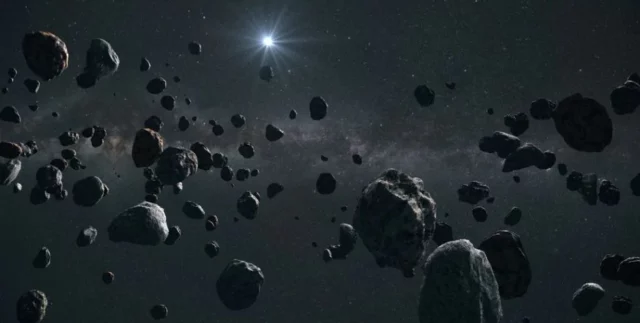Astronomers, using the Subaru telescope on Earth, have made new observations of the outskirts of the Solar System, showing that the region filled with dwarf planets and icy objects extends farther than previously thought. Data collected by astronomers indicate the presence of at least two new icy objects located more than 50 astronomical units from the Sun. This suggests the possibility of an inner and outer Kuiper Belt that exceeds previous understanding of this region.
Astronomers note
that the new data is an important step in understanding the evolution of the Solar System. They indicate that the original solar nebula from which our Solar System formed may have extended farther than the current known Kuiper Belt. This discovery provides grounds for further research on the distribution of icy objects and possible boundaries of the Kuiper Belt, which will contribute to a better understanding of the formation of planets and other objects in the Solar System.
Such discoveries
are generating serious interest in scientific circles and inspiring new expeditions and observations to expand our knowledge of our galaxy and its structure.






